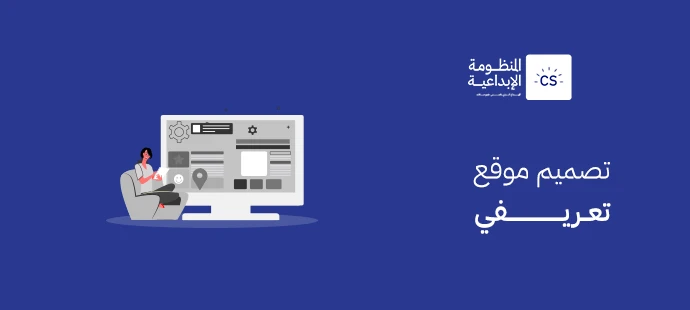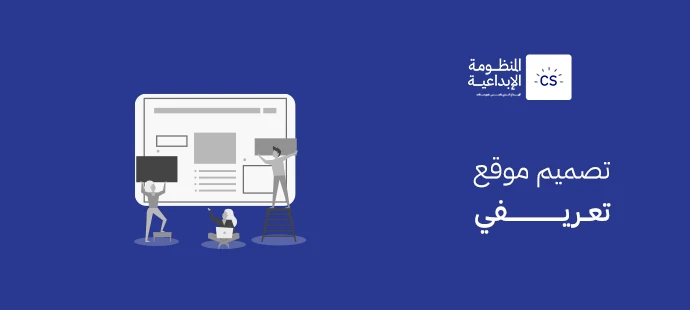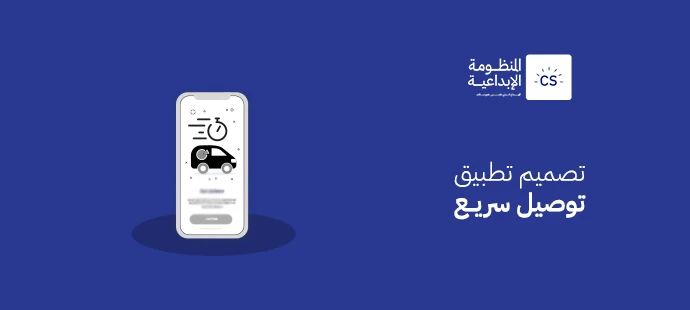Create a website
Design an introductory website in minutes
722 Views | 20 minutes ago | Published On: August 18,2025 - Last Updated: December 06,2025

Content
Learn the steps to design a professional website that reflects your identity, showcases your services in the best possible way, and serves as your guide to building a consistent and reliable online presence with clients and the world.

In a world where everything has gone digital, designing a website has become the online identity of any project, company, or even a freelancer.
A profile website acts as a business card that brings together everything you want people to know about you: who you are, what you offer, and how they can contact you.
In this article, we review the importance of designing an informational website, its most important elements, and the steps for implementing it.
What is a profile? And why is it important in the digital age?
A profile website is a simple website that aims to provide clear and concise information about a person, company or institution and often contains static pages such as:
- Who we are.
- Our message.
- Our values.
- Services.
- Contact us.
Why is it important in the digital age?
- Official digital identity
- A professional website represents you and your business online, and enhances your credibility with clients or those looking for you and your services.
- Available 24 hours
- Anyone can access you and information about you at any time.
- Builds trust and first impression
- A well-designed website reflects your attention to detail and professionalism, which increases customer confidence in you.
- Easy to communicate
- - By contacting us, or through WhatsApp links or email, anyone can easily reach you.
- Supports digital marketing
- - It can be linked to social media, search engines, and Google Ads, making it easier for customers to see.
- Cheaper than stores or big systems
- - A profile website is ideal for starting out, especially for small businesses, freelancers, or startups.
What is the difference between a profile website and a commercial website or online store?
Although both a business website and a corporate website are used to showcase your online business, there is a fundamental difference between them. Here's what they are:
Firstly Introductory website design
- Introductory website designIt is a simple website used to display information about a person, project or company.
- Focuses on introducing the service or activity without direct sales.
- Displays about us, services the person offers, and contact links.
- Used by individuals, small businesses, and independent projects.
Secondly, the commercial website or online store
- An integrated website that allows the user to browse and purchase products or services online, with a sales and payment management system..
- Displays products with prices and pictures.
- In a shopping cart.
- There are financial payment options.
- It is used by online stores, retail projects, and large companies.
What are the basic elements that any profile website should contain?
A successful website design should be simple in form and appearance, yet comprehensive in content, presenting a professional and clear image of your business or identity from the first visit of the customer.
Here are the most important elements that an introductory website design should contain:
- Home
The front page of the site contains a brief introduction to who you are, an overview of the services and activities, and a call to action such as “Contact Us.”
- About Us Page
It presents an overview of the organization or person, its mission, vision, values, founding story, or experience.
- Services page or what we offer
The services or solutions you offer are detailed in a clear and organized manner, with attractive images or icons.
- Business or project exhibition
Optional, but if your activity includes achievements such as design or photography, you must activate it.
- Contact Us Page
An essential and must-have element is a direct contact form.
Phone numbers and email.
Social media account links.
Site Map
- Site footer
Appears at the bottom of each page and usually contains shortened links.
Terms and Privacy Policy.
Quick contact information.
Organization logo or copyright text
- Navigation bar
It makes it easy for the visitor to navigate between pages easily.
- Responsive version
For the site to work on phone, tablet and computer alike.
- Search Engine Optimization
Good description titles and loading speed help your site appear on Google.
How do I choose the appropriate design for my project's identity on the introductory website?
Choosing the right design for your website is not just about aesthetics, but rather a reflection of your project's identity and brand message. It directly impacts the visitor's first impression and trust in you. Therefore, there are some steps you must follow to choose a design that is appropriate for your project's identity, the most important of which are:
- Accurately understand the project identity
Start by determining the nature of your project: Is it a formal project, such as a law firm or government agency? Or a creative project, such as design or photography? Does it target a younger audience or professionals?
The design should preferably clearly reflect this identity in terms of colors, fonts, and layout.
- Choose colors that match your identity.
Choose 2 to 3 main colors and use them consistently across all site elements.
- Use clear, easy-to-read font.
Fonts should be consistent with the nature of the project, taking into account the clarity of the fonts on all devices.
Do not use more than two fonts.
Avoid ornate or impractical fonts.
- Design a comfortable and easy-to-navigate interface. A good design should make it easy for the visitor to navigate the site. This includes:
Clear and consistent main menu.
Clear call-to-action buttons.
Divide the site into visual and understandable content.
The design is compatible with all devices, whether phone, tablet or computer.
- Maintaining visual harmony
All site elements should belong to the same visual style, in terms of image and icon style.
Formatting headings and texts.
The shape of the buttons and the spaces between the elements.
- Design testing before final approval
It's best to show your prototype to people from your target audience or a relative to get their feedback and make any necessary adjustments before launching.
How important is SEO for a website?
Search engine optimization is very important as it helps to:
- Increase visibility and free visits.
- SEO optimization helps your site appear in search results when users search for services or information similar to yours, which means more traffic without the need for paid advertising.
- Enhance customer credibility.
- Websites that appear high in Google rankings are considered more trustworthy by visitors, so improving your SEO helps establish a professional image for your website and business.
- Reaching customers who are truly interested.
- It targets keywords directly related to your business, which means that visitors who arrive at your site are often in actual need of your services or products.
- Save advertising costs.
- Better analysis of user behavior
- With SEO tools, you can understand:
- What are visitors looking for?
- Where do they come from?
- Which pages do they prefer? This helps you develop your website content and digital strategy.
- Support your competitiveness in the market.
Ultimately, designing a professional profile website is your first step towards building a reliable and clear online presence.
It doesn't just display information; it reflects the identity of your business, the value of your services, and provides visitors with an experience that encourages them to communicate or interact with you.
This is what we offer you in the creative system, so start your project with us one step at a time.


